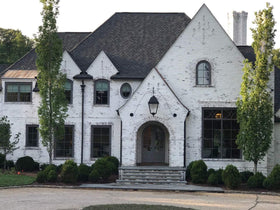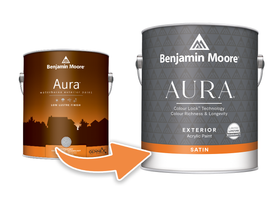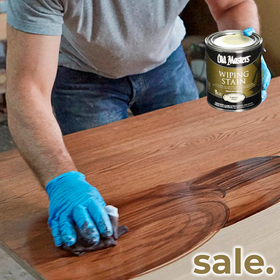
A Brief History of The Paintbrush
Painting has been an integral part of humanity since before recorded history. Our ancestors used sticks, split palm leaves, bones, and even wood shavings to depict what mattered most to them. In France, a cave with paintings at least 40,000 years old were discovered not even a decade ago, the biggest painting find in history. Werner Herzog made a documentary about these paintings and it’s understandably incredible.
The paintings in that cave are surreal but certainly crude. Motion and perspective weren’t developed to the point they are now and, if we’re being honest, they were using sticks. Nowadays, our styles have a longer recorded history and our tools are better. We don’t commonly use whalebones to paint murals, we use the humble paintbrush, one of the most integral parts of painting, nearly every advance in painting has also depended on the necessary tools to make those leaps.
A Muddled History
The paintbrush as we know it, just like painting itself, has a muddled history. We know paintbrushes were originally made with animal hair. The best still are. Sable brushes, for example, are some of the best brushes for watercolours, but the larger ones can only be made after particularly harsh winters in Siberia and Mongolia, when a sable’s tail becomes particularly bushy. Other animal hair was frequently used, each hair hand-glued to the handle up until the 18th century. Back then, brush makers were highly regulated, unionized, and well regarded, with training taking up to 8 years. Some brushes are still made this way, but machines have largely taken over their manufacture. The materials too have come to incorporate artificial materials like rayon and nylon.
The Ancient Egyptians used reeds with crushed ends, their own hieroglyphics depict people painting quite frequently. By the 15th century though, quills were the favoured style of brush using soft hairs or bristles. These brushes could only be round and for centuries they dominated the painting world. But a fun fact: the reason the end of a brush is called the bristle is because they used to be made exclusively from the bristle of hogs, pigs, and boars, all noted for their particularly rough hair.
Introducing Metal Ferrules
When brush makers started experimenting with materials during the industrial age, especially with the metal ferrules, painting also changed. Flat brushes were the Impressionists’ favourites because of the new way to pick up and put down the paint. When Jackson Pollack started making his giant paintings, he needed brushes long enough for him to stand and paint. Just like the painters of old, Pollack relied on his own paintbrushes to take another leap forward in painting.
Interestingly enough, the most highly regarded paint brushes slowly moved East. At one time, Western Europe was home to the best brushes, but slowly quality brushes from Russia became highly coveted by painters. After the Russian Revolution, Chinese brushes became known for their quality, not only because of their manufacturing skill but also the abundance of pigs that still grew bristles. Western factory farming, it seems, hurt the brush making industry in Europe more than anyone previously thought.
Nowadays, brushes of all kinds of different materials are used by painters, who are no longer held back by technological innovation. Different application methods, including different styles of brushes, spray paint, and body parts are frequently used in painting. But the humble paintbrush has influenced the way we paint and the way we communicate. Paint too has changed, but that is perhaps a story for another time.



